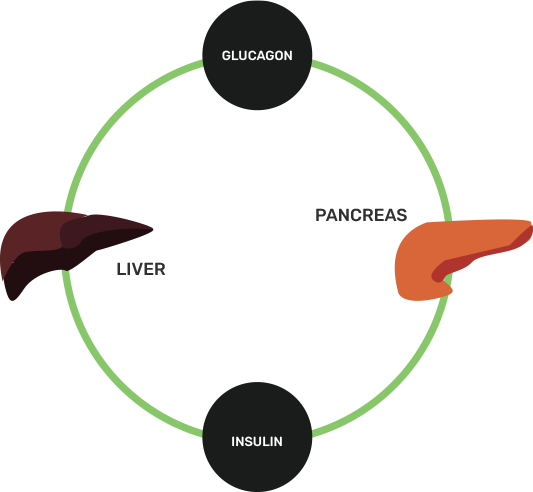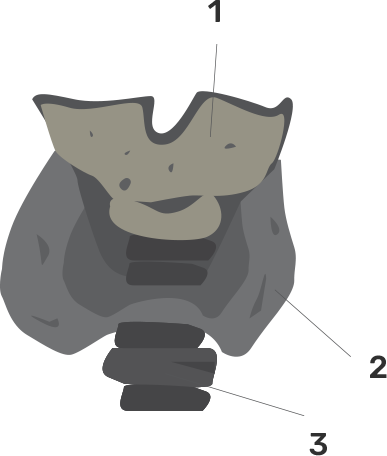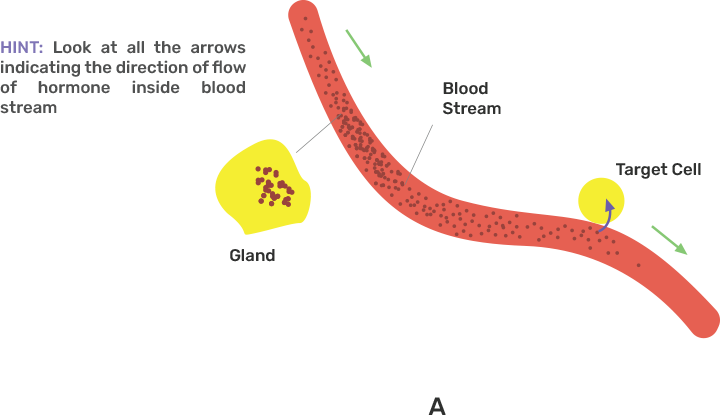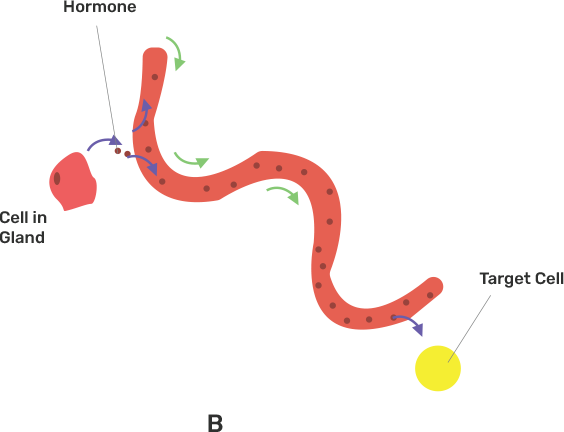ICSE Class 10 Biology Chapter 12 Selina Concise Solutions - Free PDF Download
FAQs on Concise Biology Class 10 ICSE Solutions for Chapter 12 - The Endocrine System
1. Why should we follow the Selina solution for Concise Biology Class 10 ICSE Solutions for Chapter 12 - The Endocrine System?
The solutions of selina concise biology books are prepared by subject experts after proper analysis and survey of the topic and previous year papers. The solutions have detailed labelled diagrams which gives a proper understanding of the chapter. The endocrine system is a really important chapter, so it's important that the students are thorough with it. Apart from clearing doubts, these solutions provide in-depth knowledge of the subject. The best thing about these solutions is that they are available in PDF format which can easily be downloaded and accessed in offline mode. To get updated materials on the chapter - Endocrine System keep visiting the website of Vedantu.
2. Does solving questions from the Concise Biology Class 10 ICSE Solutions for Chapter 12 - The Endocrine System help in scoring good marks in ICSE boards?
The content of the selina solutions are prepared in accordance with the syllabus and marking system of ICSE boards. The concepts are so well written that the students can easily understand. If the student is thorough with the chapter and understands the concept, then the selina solutions are enough to score good scores in the examination. Students can also follow a few other books which will allow them to have a better hold of the chapter, but they need to ensure that they follow these books only after completing the Selina Concise Biology book.
3.Do we get questions from the Concise Biology Class 10 ICSE Solutions for Chapter 12 - The Endocrine System in ICSE Board?
For the ICSE board the Selina book and its solution is highly recommended. The book is a great way to understand concepts and lay the ground for the upcoming studies. Though the questions asked in the Boards aren't directly from the Selina book. However this book is great as it helps the student answer such indirect questions. The solutions available on the Vedantu website for free in PDF format are a great source to the students to clear out their doubts regarding the chapter and learning in depth about the topic. The Solutions are a great way which will allow the students to learn.
4. Are Concise Biology Class 10 ICSE Solutions for Chapter 12 - The Endocrine System the best reference for the students? If Yes, where can we find the Selina Solutions?
If we talk about a reference book for the ICSE board for the subject Biology, Selina will always be the top pick because the concepts given in the book are very simple and comprehensive in nature. They are prepared by subject experts at Vedentu who have tried to use their expertise in preparing the best for the students. The Selina Biology solutions can easily be viewed on the website of Vedantu. These solutions can also be downloaded later in PDF format for free. These PDf will serve as a great source to understand the chapter in offline mode. The process is so simple that once explained or taught the student can easily download or just read it online.
5. How to use Concise Biology Class 10 ICSE Solutions for Chapter 12 - The Endocrine System effectively to score good marks in 10th board?
The Selina Concise Biology book is one of the best books for in depth understanding of the chapter. In order to excel in the examination, the students first need to be through with the book, both theory and concept. Note making can really be helpful for later stages of revision. Students can note down the points and later go back to these notes rather than the book for their revision. Once they are thorough with the concept, students need to solve each and every question given at the end of the chapter. Students can verify these answers with the Selina Solutions available on the Vedantu website. The solution not only gives the correct answer to the student but also helps in clearing their doubt.














































